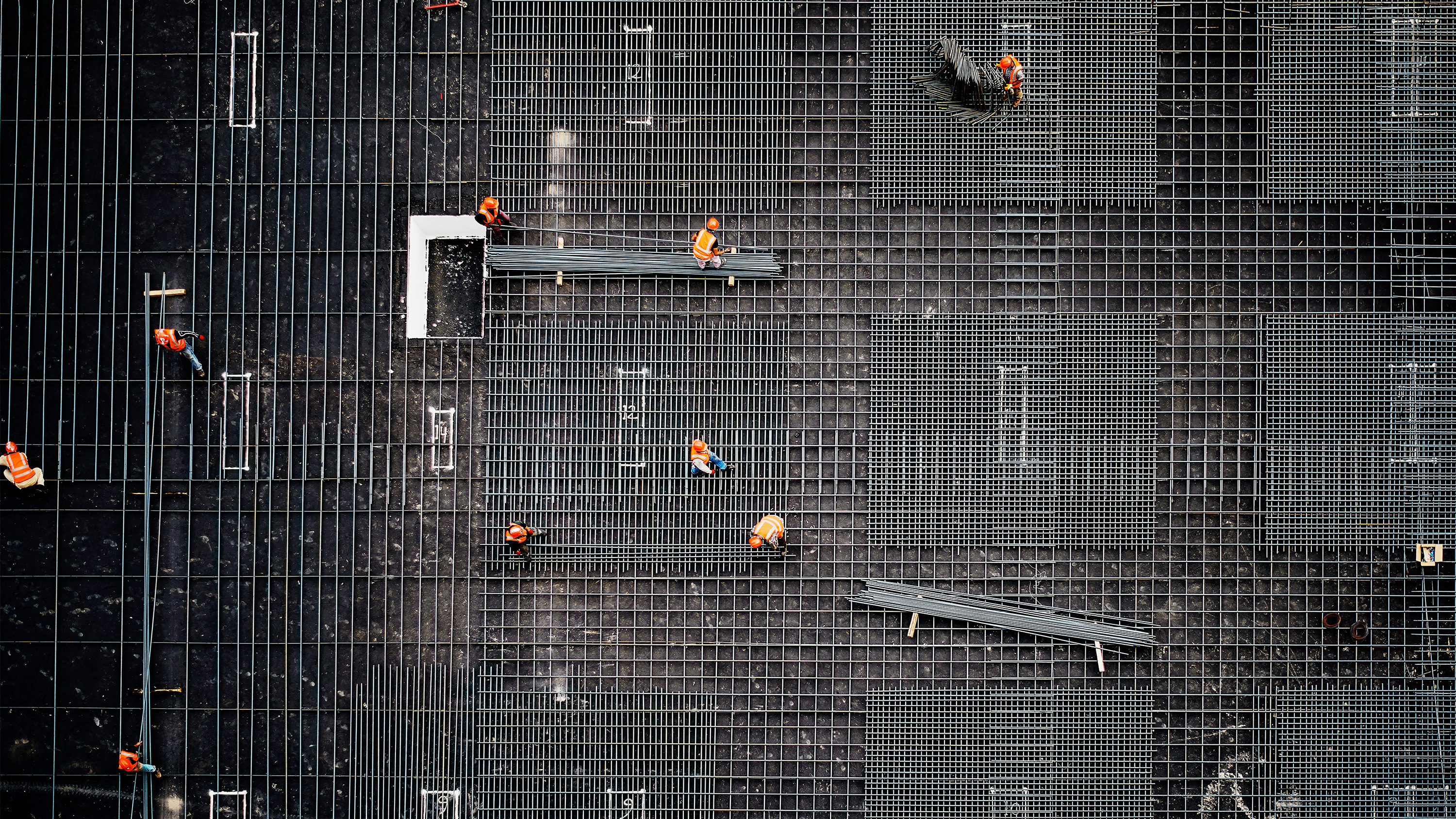AI that scans a construction site can spot when things are falling behind

Construction sites are vast jigsaws of people and parts that must be pieced together just so at just the right times. As projects get larger, mistakes and delays get more expensive. The consultancy Mckinsey estimates that on-site mismanagement costs the construction industry $1.6 trillion a year. But typically you might only have five managers overseeing construction of a building with 1,500 rooms, says Roy Danon, founder and CEO of British-Israeli startup Buildots: “There’s no way a human can control that amount of detail.”
Danon thinks that AI can help. Buildots is developing an image recognition system that monitors every detail of an ongoing construction project and flags up delays or errors automatically. It is already being used by two of the biggest building firms in Europe, including UK construction giant Wates in a handful of large residential builds. Construction is essentially a kind of manufacturing, says Danon. If high-tech factories now use AI to manage their processes, why not construction sites?
AI is starting to change various aspects of construction, from design to self-driving diggers. Some companies even provide a kind of overall AI site inspector that matches images taken on site against a digital plan of the building. Now Buildots is making that process easier than ever by using video footage from GoPro cameras mounted on the hard hats of workers.
When managers tour a site once or twice a week, the camera on their head captures video footage of the whole project and uploads it to image recognition software, which compares the status of many thousands of objects on site—such as electrical sockets and bathroom fittings—with a digital replica of the building.
The AI also uses the video feed to track where the camera is in the building to within a few centimeters so that it can identify the exact location of the objects in each frame. The system can track the status of around 150,000 objects several times a week, says Danon. For each object the AI can tell which of three or four states it is in, from not yet begun to fully installed.
Site inspections are slow and tedious, says Sophie Morris at Buildots, a civil engineer who used to work in construction before joining the company. The Buildots AI gets rid of many repetitive tasks and lets people focus on important decisions. “That's the job people want to be doing—not having to go and check if the walls have been painted or if someone’s drilled too many holes in the ceiling,” she says.
Another plus is the way the tech works in the background. “It captures data without the need to walk the site with spreadsheets or schedules,” says Glen Roberts, operations director at Wates. He says his firm is now planning to roll out the Buildots system at other sites.
Comparing the complete status of a project with its digital plan several times a week has also made a big difference during the covid-19 pandemic. When construction sites were shut down to all but the most essential on-site workers, managers on several Buildots projects were able to keep tabs on progress remotely.
But AI won’t be replacing those essential workers anytime soon. Buildings are still built by people. “At the end of the day, this is a very labor-driven industry, and that won't change,” says Morris.
Change note: we have changed the text to clarify how the Buildots system differs from others.
Deep Dive
Artificial intelligence
Large language models can do jaw-dropping things. But nobody knows exactly why.
And that's a problem. Figuring it out is one of the biggest scientific puzzles of our time and a crucial step towards controlling more powerful future models.
Google DeepMind’s new generative model makes Super Mario–like games from scratch
Genie learns how to control games by watching hours and hours of video. It could help train next-gen robots too.
What’s next for generative video
OpenAI's Sora has raised the bar for AI moviemaking. Here are four things to bear in mind as we wrap our heads around what's coming.
Stay connected
Get the latest updates from
MIT Technology Review
Discover special offers, top stories, upcoming events, and more.